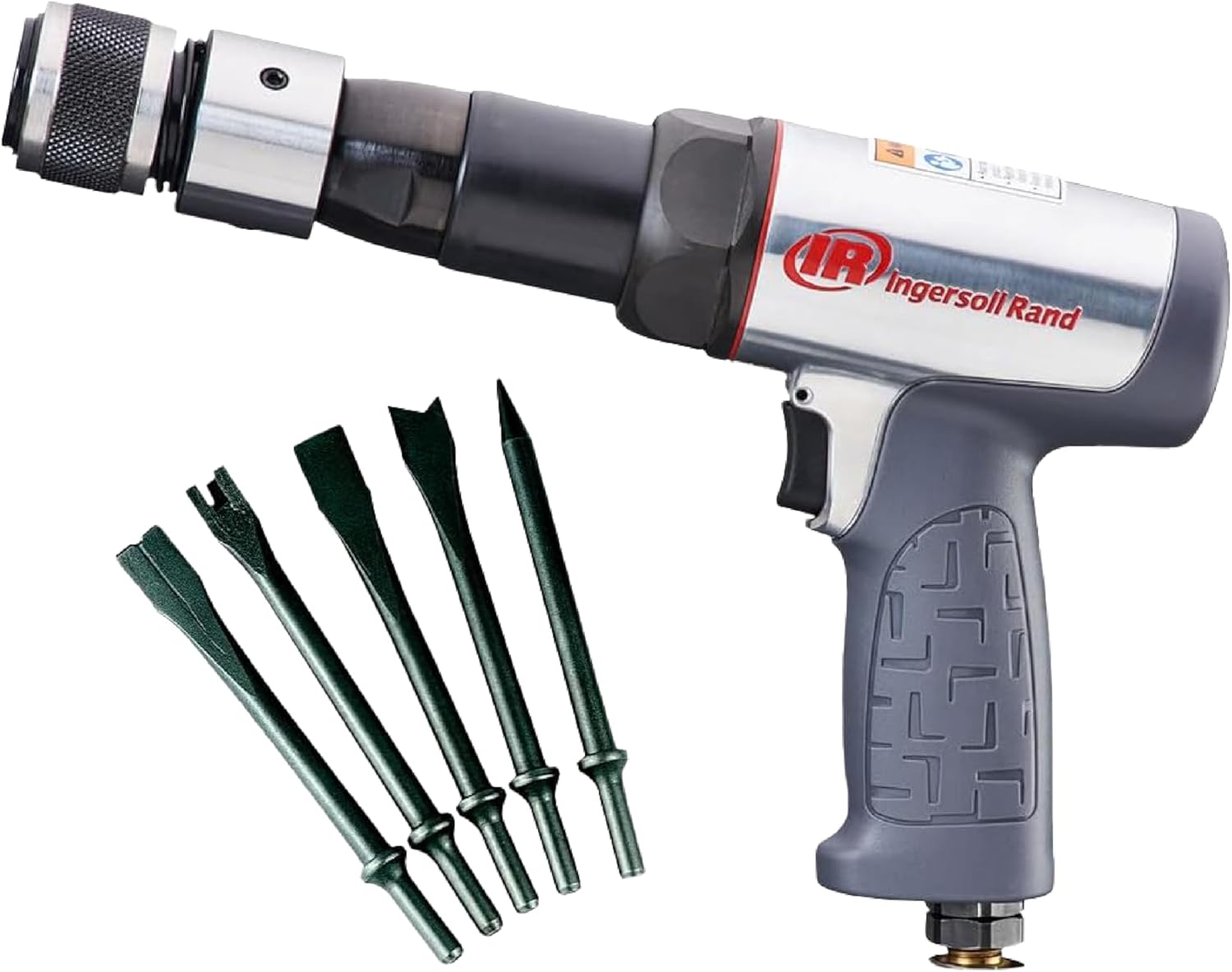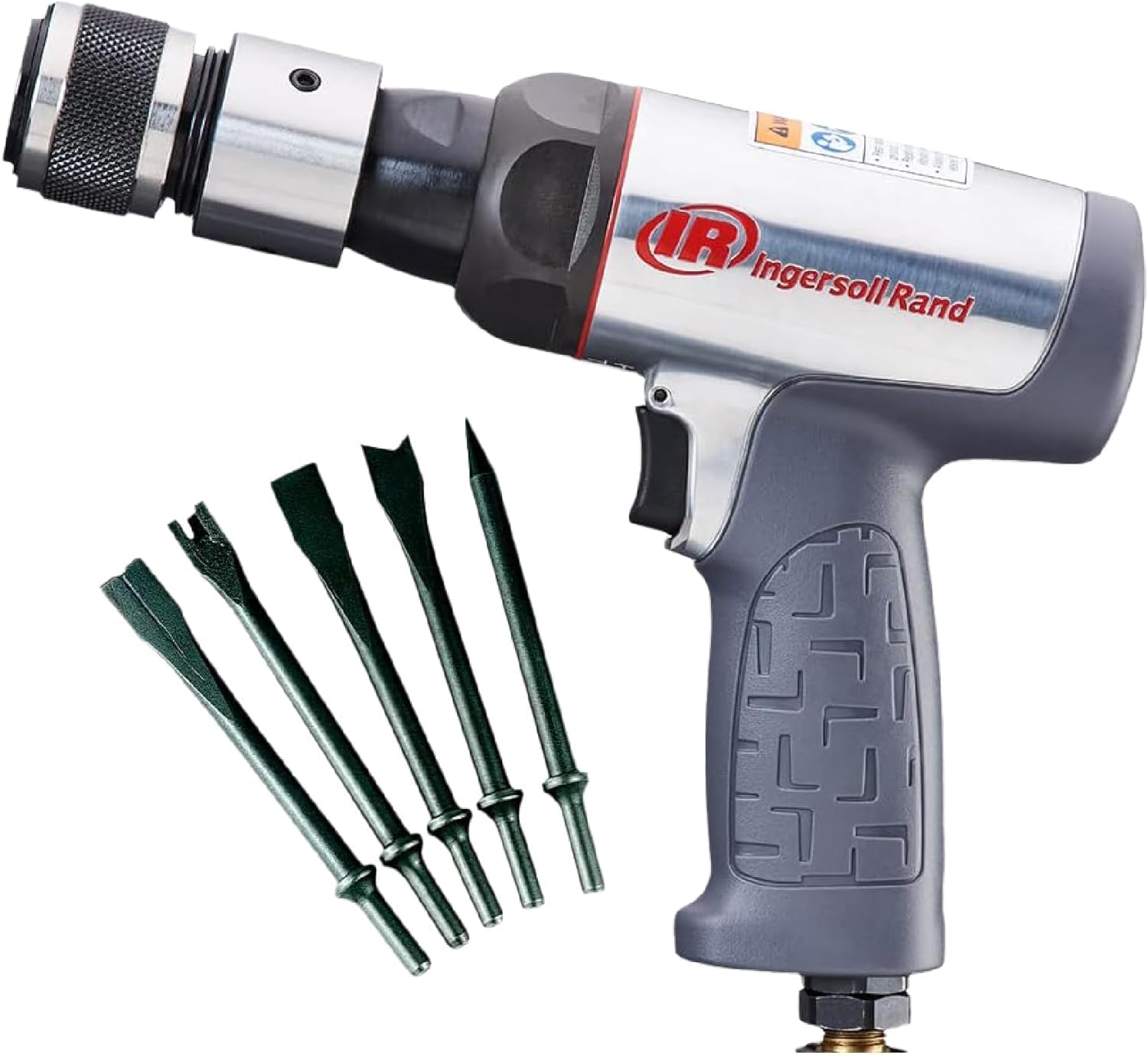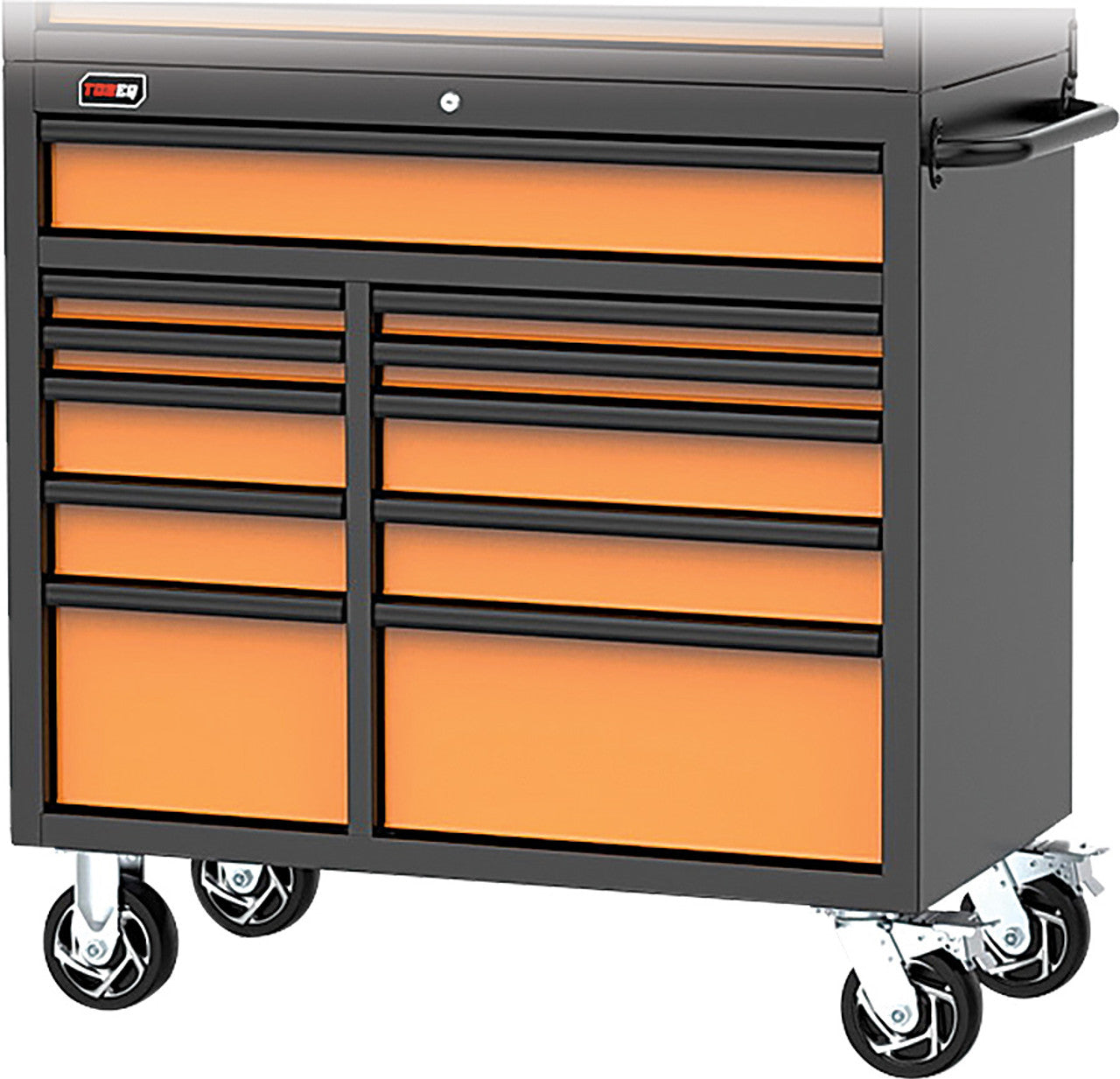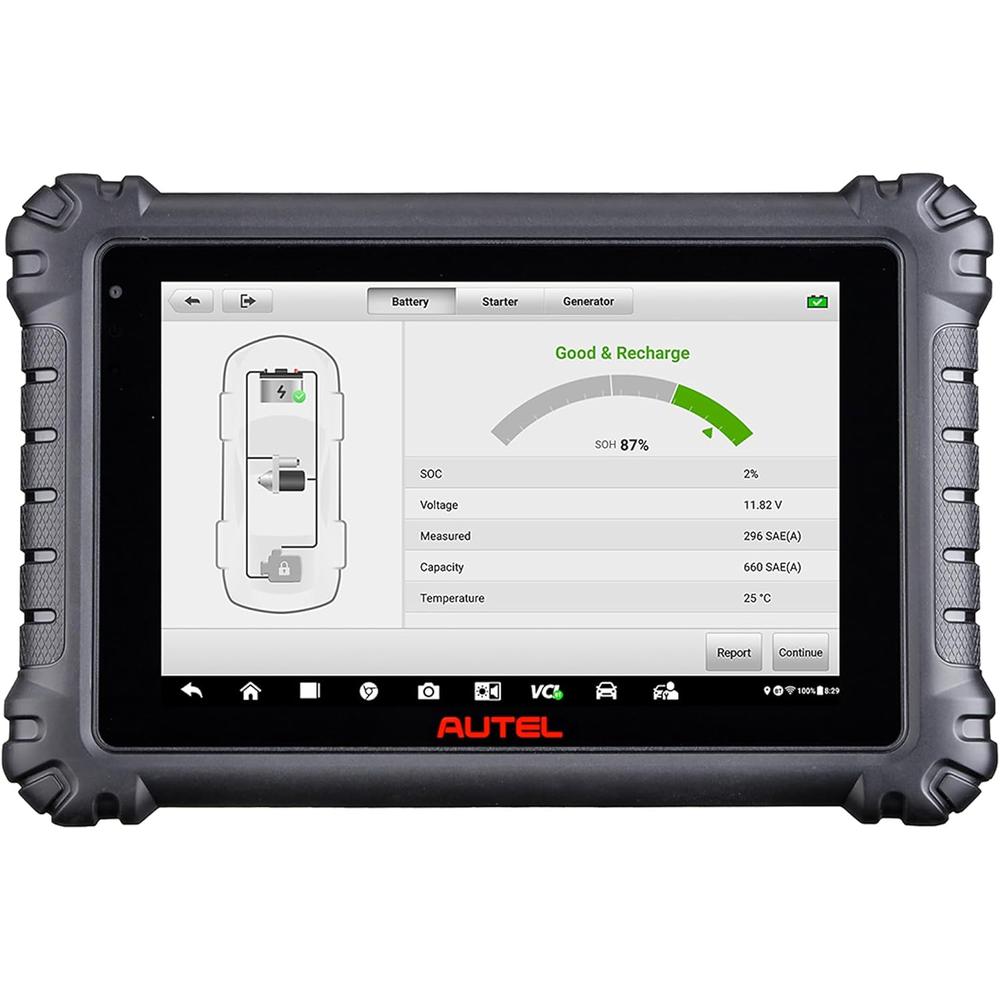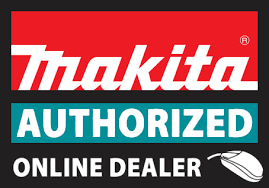Let’s be real here: The sheer number of work lights on the market can be overwhelming. Rechargeable vs. corded, LED vs. incandescent, flashlights, penlights, magnetic lights, drop lights… it’s enough to make your head spin when all you want is a reliable portable work light that won’t break the bank.
That’s exactly why we scoured the entire range of work lights out there and put together this all-in-one guide. Below, we’ll walk you through every major type of work light, then answer some of the most common questions folks have when trying to pick the perfect one.
As always, if you still have questions about work lights (or tools in general), feel free to reach out anytime.
Types of Portable Work Lights
While a lot of work lights share features (like bulb types or mounting methods), there are a few specific categories you’ll want to get familiar with. Below are the most common types you’ll run into, plus a quick rundown of each.
Drop Lights / Hanging Lights
Drop lights are a mechanic’s best friend when it’s time to peek under the hood. They’re designed with hooks or loops, letting you hang them overhead for hands-free illumination right where you need it.

Drop lights come in a ton of varieties—some rechargeable, some corded, some with LED bulbs, some with incandescent. Each one has its own perks and pitfalls, which we’ll dig into more below. But rest assured, drop lights are a staple in most auto shops for a reason.
Magnetic Work Lights
Magnetic work lights also come in several shapes and sizes, but what they all share is a base with powerful magnets that can grip onto any metal surface. This gives you hands-free lighting without having to fumble with hooks or loops.

Some of the top-rated work lights, like the Astro Pneumatic 65SL, boast both magnetic bases and hanging hooks—giving you more ways to mount them around the shop. Magnetic lights are especially handy for working under vehicles, since you can stick them onto the frame and point them exactly where you’re wrenching.
Freestanding / Floor Lights
These are your floodlight-style fixtures you often see on construction sites—mounted on their own stand so you can just set them down (or prop them up) and go. Freestanding lights might be on a tall telescoping stand that towers six feet high, or on a low-profile frame that sits right on the floor.
They’re fantastic when you need wide-area lighting on a job site or in a garage—especially for illuminating large sections like under a raised vehicle. If drop lights or magnetic lights aren’t your thing, a trusty freestanding floodlight can be a total game-changer.
Handheld Work Lights
Handheld lights cover everything from your classic flashlight to ultra-slim penlights that can snake into tight spaces. They’re the lights you keep clipped to your belt, shirt pocket, or stashed in the glove box—always at the ready.

Handheld work lights are great for roadside emergencies, on-the-go jobs, or basic around-the-house chores. They can be powered by disposable batteries (like AAs) or be rechargeable, which we’ll explore in more detail later on.
Headlamps and Neck Lights
Headlamps might be the simplest yet most genius lighting solution on this list. Strap one onto your forehead, and boom—wherever you look, you’ve got light. No extra adjustments, no mounting, no fuss. They’re a lifesaver whether you’re crawling under a car or exploring a dark attic.

If you’re not big on the whole headband vibe, neck lights have been taking off lately. These sit around your neck or near your temples and operate just like a headlamp—minus the elastic band. They give you hands-free, targeted illumination without feeling too snug on your forehead.
Corded vs. Rechargeable: Which One Do I Need?

When it comes down to powering your work light, you’ve got two broad categories: rechargeable (lithium-ion) or corded (plug into an outlet). Both options can give you great service for years, but each has its own list of pros and cons you’ll want to consider before you buy.
Rechargeable Work Lights
Rechargeable work lights deliver cordless convenience. You’re not tied down by the length of a cable or the proximity to an outlet, and you’ll have fewer cords to trip over in a busy workspace—always a plus for safety.
Of course, you’re limited by battery life, so you’ll have to recharge them when the battery runs low. For most day-to-day tasks, that’s not a big deal. But if you’re working overnight shifts or on extended projects, make sure you have enough battery capacity—or a backup charging plan.
Corded Work Lights
Corded work lights, on the other hand, can run forever, as long as they’re plugged in. If the bulb itself can hold up, you could theoretically run them for years without stopping—particularly if you’re using something super-efficient like an LED.
Their biggest drawback is the cord length. While some lights come with a 50-foot cable that’s plenty long, others have just a few feet of cord, which might leave you scrambling for an extension. And of course, you’ll need a power source at all times, so portability takes a hit.
Which Bulb Type Reigns Supreme: Incandescent, Fluorescent, or LED?
Every bulb type has its own charm, but for most folks, it all boils down to three factors: cost, brightness, and runtime.
1. Cost
-
Incandescent
Incandescent bulbs are the cheapest up front. They usually cost half the price of an LED work light. Fluorescents land somewhere in between incandescent and LED on the price scale.However, the cheapest initial purchase might not be the cheapest long-term. Incandescent bulbs have the shortest life span, meaning you’ll be swapping them out more frequently.
-
Fluorescent
Fluorescent work lights often cost more than incandescent but less than LED. They last longer than incandescent bulbs and use less energy, which can mean lower operating costs over time. -
LED
LEDs are the priciest initially, but they more than make up for it in longevity and energy savings. For many folks, the upfront investment is worth it—especially if you find yourself replacing bulbs often.
2. Brightness
Brightness is measured in lumens. The short version is: more lumens = more brightness. That’s the gist.
-
Incandescent
A typical 75W incandescent bulb pumps out around 1,100 lumens. That’s pretty good for basic tasks. -
Fluorescent
A comparable fluorescent bulb uses around 26W to blast out roughly 1,700 lumens, making it brighter while using less power. -
LED
LED work lights vary, but something like the Bayco SL-866 puts out 1,200 lumens. Many LED lights also let you adjust the brightness, which is super handy when you don’t want to blind yourself (or your coworkers).
3. Runtime
-
Incandescent
Incandescent bulbs typically last for about 2,000 hours—which translates to roughly 12 straight weeks of being turned on 24/7. Realistically, that might mean you’re replacing the bulb yearly, though you might break them before they burn out if you drop them too often. -
Fluorescent
Fluorescent bulbs can clock in around 10,000 hours before they fizzle out. Plus, they use less electricity, which can save you money on the monthly bill. -
LED
LEDs are the marathon runners of the light world—40,000 hours or more is pretty common. Some push beyond 50,000 hours, which is basically five-plus years of continuous use. At a normal eight hours a day, chances are an LED work light will outlast just about anyone in the shop.
Final Thoughts
With so many different portable work lights available—drop lights, magnetic mounts, freestanding floodlights, handheld flashlights, and headlamps—it can feel daunting to pick “the one.” But narrowing things down by bulb type, power source, brightness, and how you’ll actually use it can make the process smoother.
- If you’re constantly on the move or hate cords getting in the way, go for a rechargeable light.
- If you’re dealing with extended projects or prefer a simple plug-and-play approach, a corded light might be more your speed.
- If you want the absolute longest-lasting and brightest option, LED is hard to beat—though fluorescents aren’t too shabby either. Incandescent still works fine, especially if you’re on a tighter budget or only use a work light occasionally.
At the end of the day, the “best” portable work light is the one that meets your unique needs—and budget. Hopefully, this guide helps you sort through the chaos and land on a work light that’ll serve you for years to come.
If there’s anything we didn’t cover or you still have questions, just drop us a line. We’re here to help you shed some light on the subject—literally!
